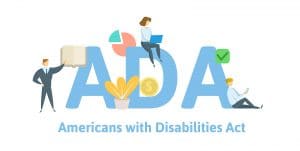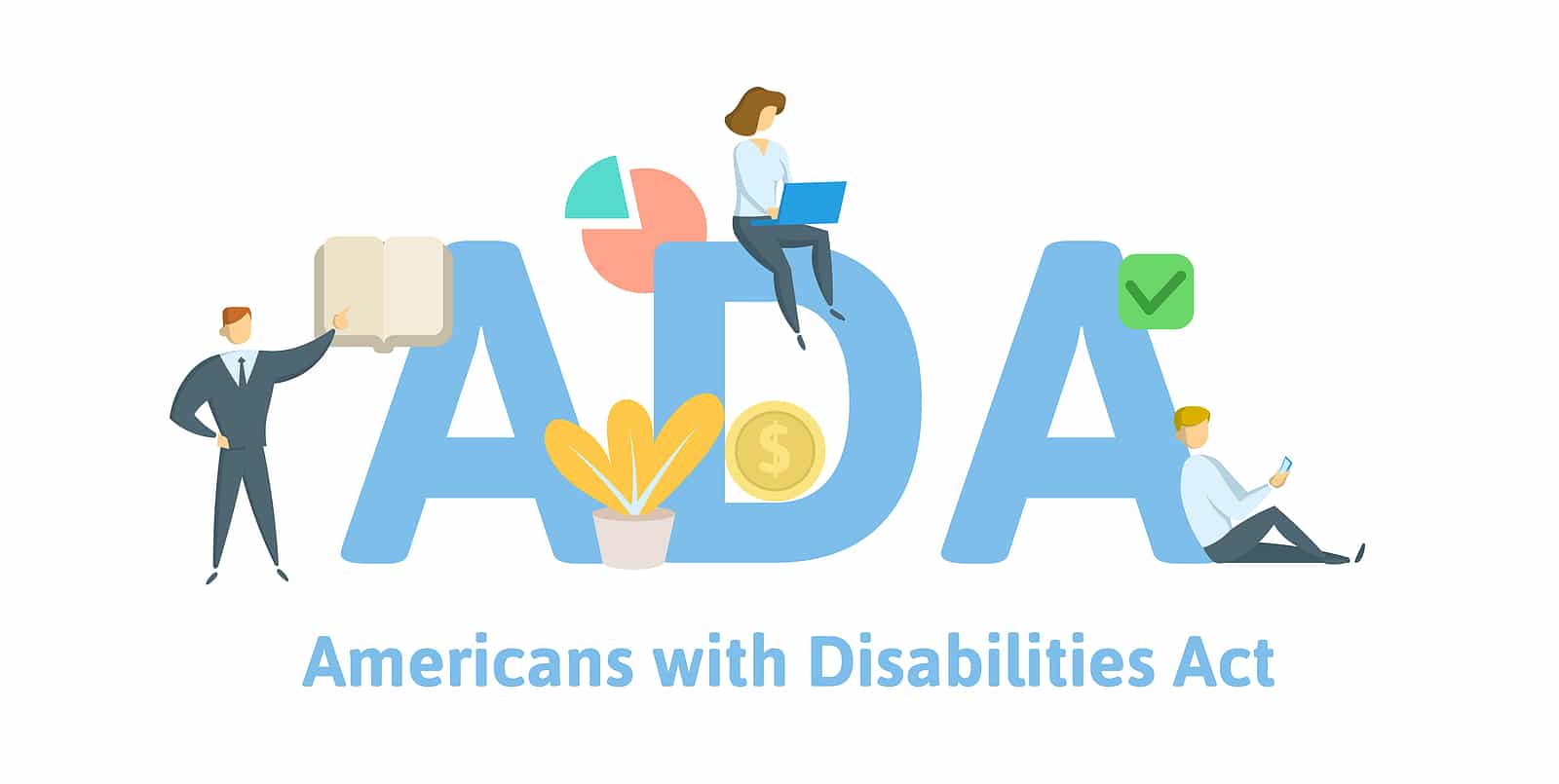How headings and subheadings can help your SEO
If our SEO specialists have optimized your pages, there’s a good chance that the formatting looks a little different than it did previously. Is this because we think our “eye for design” is superior? Of course not! But, we do know that having certain things on a website’s page can help boost SEO. One of these ‘things’ is headings and subheadings. We commonly refer to a heading as an “H1.” In addition to the types of headings and subheadings, they both serve different purposes. What’s more, headings and subheadings can significantly help boost your SEO. And, make the user experience better.
There’s a decent chance that what you read sounds like a made-up language. And, understandably so. Below are all of the big takeaways for headings and subheadings.
What is an H1?

An H1, or the top level heading, is essentially the title of the page. A H1 heading is typically towards the top of the page. This heading is typically a few words, or a phrase, for what the page is about. For example, an H1 heading for a page about helping people with depression could be “Depression Counseling.”
Google interprets the heading to be the “title” of the page. With this in mind, it’s best practice to have one H1 per page. Why does this matter? Think back to when you had to write essays in high school. What was the purpose of the title? To tell the reader what the essay was about. How many did you have? Just one. Why did you have just one? Because having multiple titles would be confusing to the reader, and they probably wouldn’t know what your essay is about.
Google would have the same experience. We want to make it clear to Google what our page is about so we show up for the right terms. The easier we make it for Google to tell, the more likely Google will rank us accordingly. In addition, we can use subheadings to show Google the other terms we want to be found for.
What is a subheading?
Subheadings are smaller headings. They are used throughout your page and clue the reader into what the section is about. Smaller headings are used much more. A helpful way to conceptualize the different headings is to continue using the example of writing an essay in high school. You have the title (H1). Next, you have your main points in the essay (H2). Then, you have your supporting paragraphs that add more specific information for your main ideas (H3). Sometimes, you have even more specific and smaller paragraphs that add certain details to your supporting paragraphs (H4). Still, you can have smaller subsections that offer supporting details for previous “even more specific and smaller paragraphs” (H5).
Headings and subheadings follow the same format. Of course, our application looks a bit different since we’re not writing an essay for our high school teacher. With this in mind, here’s an example of the headings we would use for a depression counseling page.
- H1: Depression Counseling in Boulder, CO
- H2: Common Symptoms of Depression
- (Section with common symptoms of depression)
- H3: Common Symptoms of Depression in Teens
- (Section listing depression symptoms seen in teens)
- H4: How to ask your teen if they’re ready to start depression counseling
- (Section offering suggestions for parents to have this conversation with their teen)
- H3: Common Symptoms of Depression in Adults
- (Section with depression symptoms commonly seen in adults)
- H2: Depression Counseling Can Help
- (Section giving them hope that they don’t have to continue suffering from depression!)
- H2: (Insert Name of Practice)’s Approach to Depression Counseling
- (Section describing your overall approach to depression counseling)
- H3: Using CBT in Depression Counseling
- (Section about how you incorporate CBT)
- H3: Using Mindfulness-Based Cognitive Therapy in Depression Counseling
- (Section about using MBCT)
- H2: Begin Depression Counseling in Boulder, CO
- (Section explaining how they can start depression counseling at your practice)
- H2: Other Mental Health Services Offered at (Insert Name of Practice)
- (Section listing the other services your practice offers)
- H2: Common Symptoms of Depression
Why are headings and subheadings important for SEO?

One of the biggest reasons why headings and subheadings are important is because Google pays more attention to them. Google interrupts the words in your headings and subheadings as “more important” than the rest of the words in the paragraphs on your page. So, with this in mind, we use this as an opportunity to include as many keywords with location indicators as possible. . . while ensuring that it makes sense. With the example above, we want to rank for “depression counseling.” So, it’s included in as many headings as possible. In addition, we want to rank for depression counseling in Boulder, CO. With that in mind, including that location indicator where it makes sense is helpful for building SEO.
Readability
Headings help with improving the readability of your page. Headings and subheadings break up the content on your page, so it’s not one long paragraph of information. Additionally, subheadings help the user to find the information they’re looking for. Commonly searched inquiries and frequently asked questions are both helpful to include in subheadings. A few examples of this include, “what is anxiety?”, “what if my partner doesn’t want to marriage counseling?”, and “common symptoms of postpartum depression.” Since these are commonly searched questions, your ideal clients are likely searching this, too.
Accessibility

Headings and subheadings also promote accessibility. Specifically, subheadings are beneficial for screen readers. For those who aren’t familiar, a screen reader is an extension on electronic devices that reads aloud the content on the page. So, someone who needs this accommodation can get all of the information from the page. Screen readers follow the outline of headings and subheadings. So, going in “order” is the most helpful. That means following a similar outline to the example above. This will give the reader using a screen reader the best experience. And, will ensure that the information is portrayed.
Start SEO Services with us!
We’re here to help with all of your SEO needs! We offer many different services to help you reach your SEO goals. We offer Done For You Services where do the optimization for your site. If you’re the hands-on type, we can teach you how to do the optimization in our 12-Week Intensive Program. In addition, we offer a variety of helpful courses and ala carte services. When you’re ready to begin services with us, follow these steps:
- Schedule a free 30-minute consultation with us.
- Get to know our team of highly skilled SEO specialists.
- Build SEO and continue to do what you love.
About the Author
![]()
Alyssa has been a member of the Simplified family for the past few months. And, is now stepping into a role providing training and additional support for folks learning SEO. As a current graduate student in the Advanced Placement MSW Program at Mizzou, Alyssa loves the world of mental health and technology. In addition, Alyssa has a growing interest in using social media to grow a practice, the importance of live feed, and building backlinks. She also wrote a two-part blog post series about the importance of blogging for SEO. This series addressed the importance of blogging and original content. In addition, she recently co-hosted a blogging masterclass that will soon be available for purchase.




Leave a Reply
Want to join the discussion?Feel free to contribute!